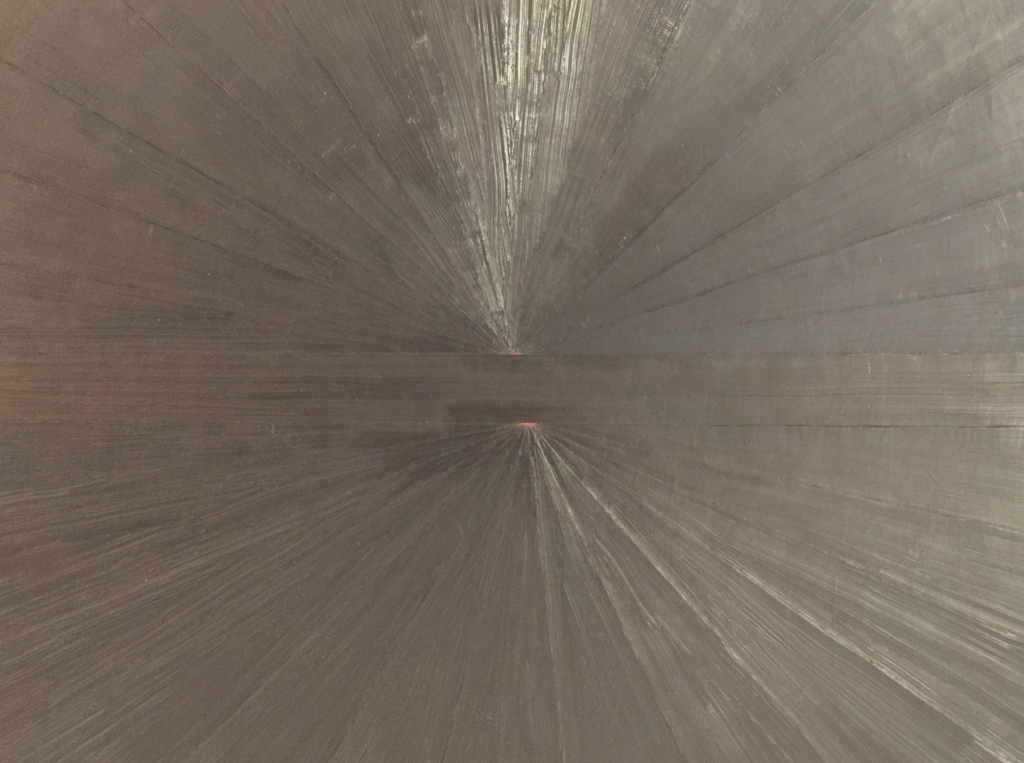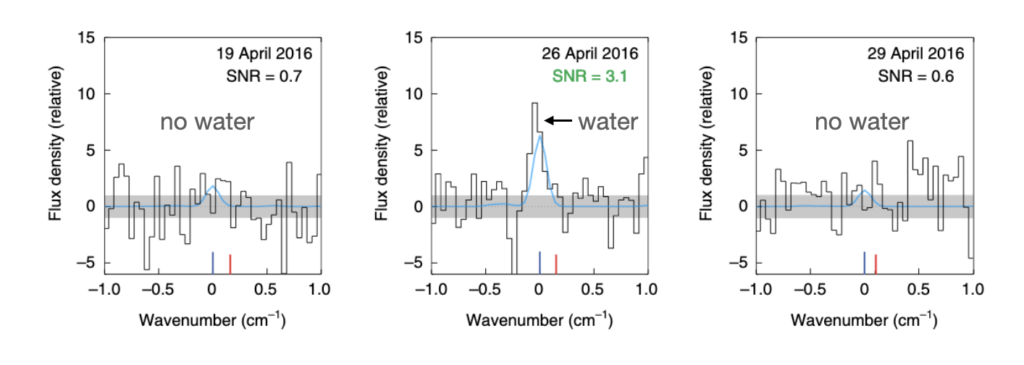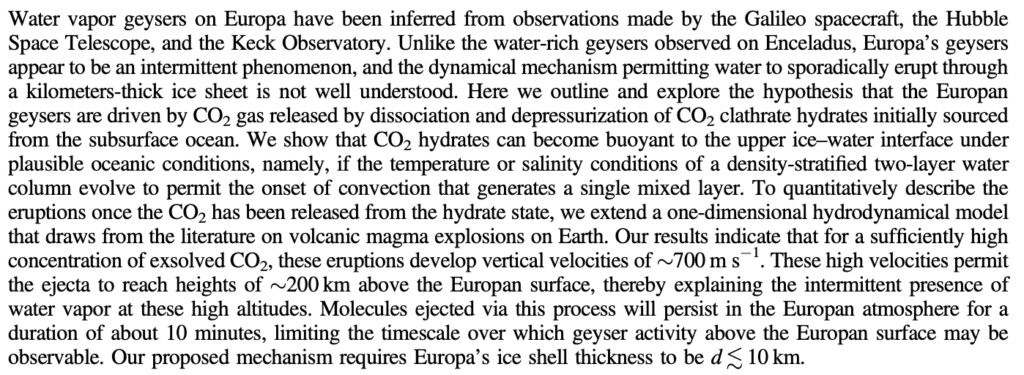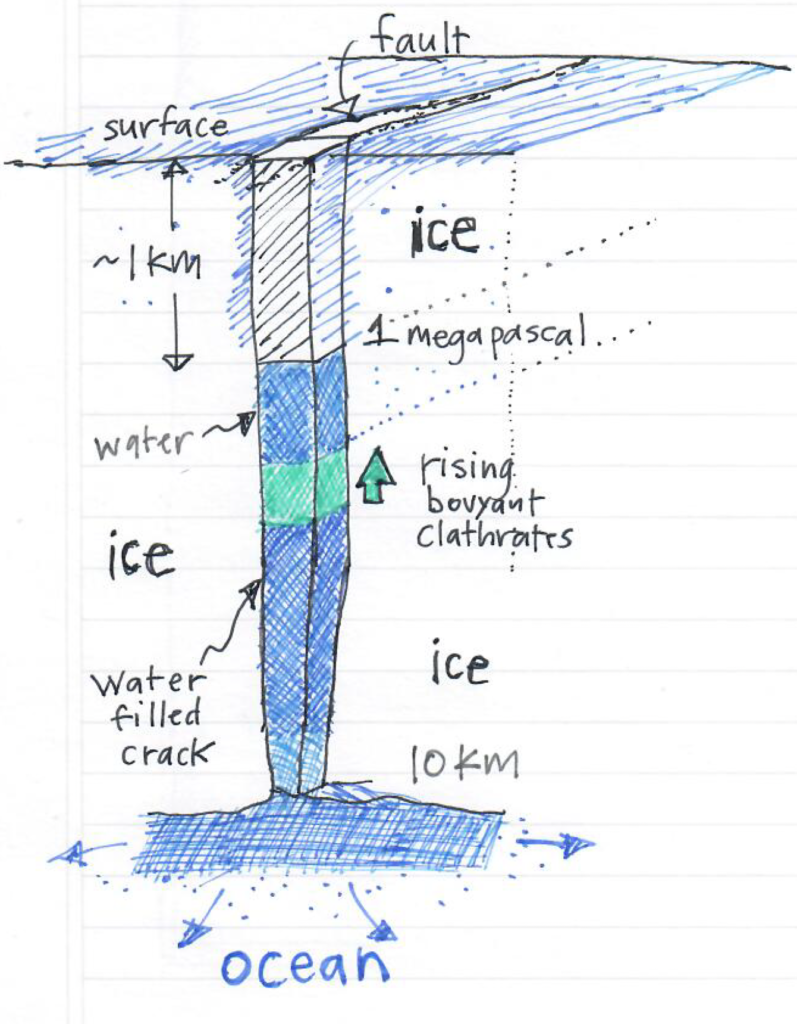
The headline images from Cassini at Saturn were the curtain sheets of water vapor and ice crystals erupting from the tiger stripe terrain of Enceladus’ south polar regions.
In the ensuing fifteen years, Enceladus has accreted a lot of habitability hype, so it’s easy to forget that it’s actually a very small satellite. Its diameter, in fact, is less than the driving distance between Hicks Dome and the Crater of Diamonds State Park.
With the small size comes a small escape velocity — 240 m/s — a typical jet airliner speed at cruising altitude. When liquid water welling up in tidally flexed cracks is exposed to the vacuum that surrounds Enceladus, the exit speed of the boiled-off molecules is fast enough that water molecules will readily random walk away from the satellite. The moon acts like a giant low-activity comet. No kimberlite-styled cryptoexplosions are required to launch the H2O into space, just exposure to liquidity when the cracks are forced open at the far point of the slightly eccentric (e=0.0047) orbit.
Jupiter’s Europa, by contrast, is an ice-covered world of far vaster extent. With its kilometers-thick ice shell, it should be keeping a tight lid on its depths, but curiously, evidence has emerged that water is somehow being transiently sprayed to heights of order 200 kilometers above the surface. A 2019 paper by Paganini et al. draws on a combined a set of Keck near-infrared spectral emission lines to support the conclusion that on one occasion out of seventeen, thousands of tons of water were fluorescing in Europa’s tenuous exosphere.

Skeptics and cynics will be quick to remark that one 3-sigma measurement produced in seventeen tries works out to a 1 in 20 chance even with a perfectly normal distribution. And they’re right. Results that are weird and spectacular are generally wrong, and geysers on Europa providing astrobiology fans with fresh organic produce from ten kilometers down would appear to qualify on both counts. Nonetheless, Earth managed to rocket gem-quality diamonds from the mantle up into rural Arkansas, so a down-home precedent clearly exists. Furthermore, HST has captured evidence of UV emission from photolyzed water in the vicinity of Europa, which provides support to the one-in-seventeen result from Keck. Maybe eruptions actually are occurring on Europa?
A serious problem, however, lies in lofting the water to heights of 200 kilometers above the ice. That requires venting velocities of order 700 m/s, pointing toward regular full-blown cryptoexplosions.
Nicole Shibley and I recently published a paper that outlines how such a process could operate:

The cryptoexplosive mechanism is initiated by convective overturn in the Europan ocean, which permits clathrated CO2 to rise to the top of the water column and propagate into cracks. Once the clathrates ascend to within ten kilometers of the surface, the pressure is low enough so that they dissociate, producing explosions that are sufficiently energetic to send carbonated water to dizzying heights. The process, in fact, draws on the peer-reviewed literature on champagne cork dynamics.

… just in time for New Years!
